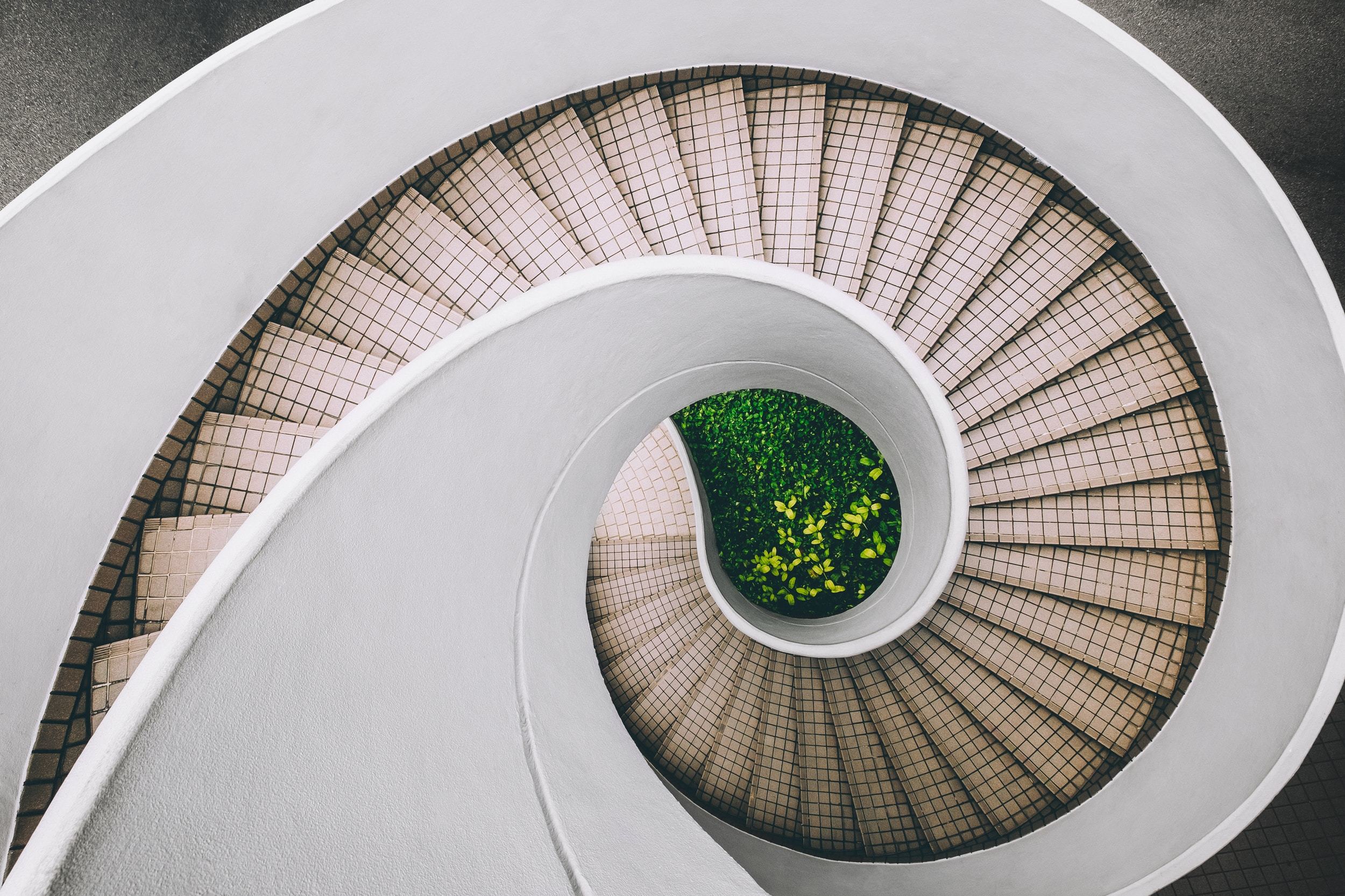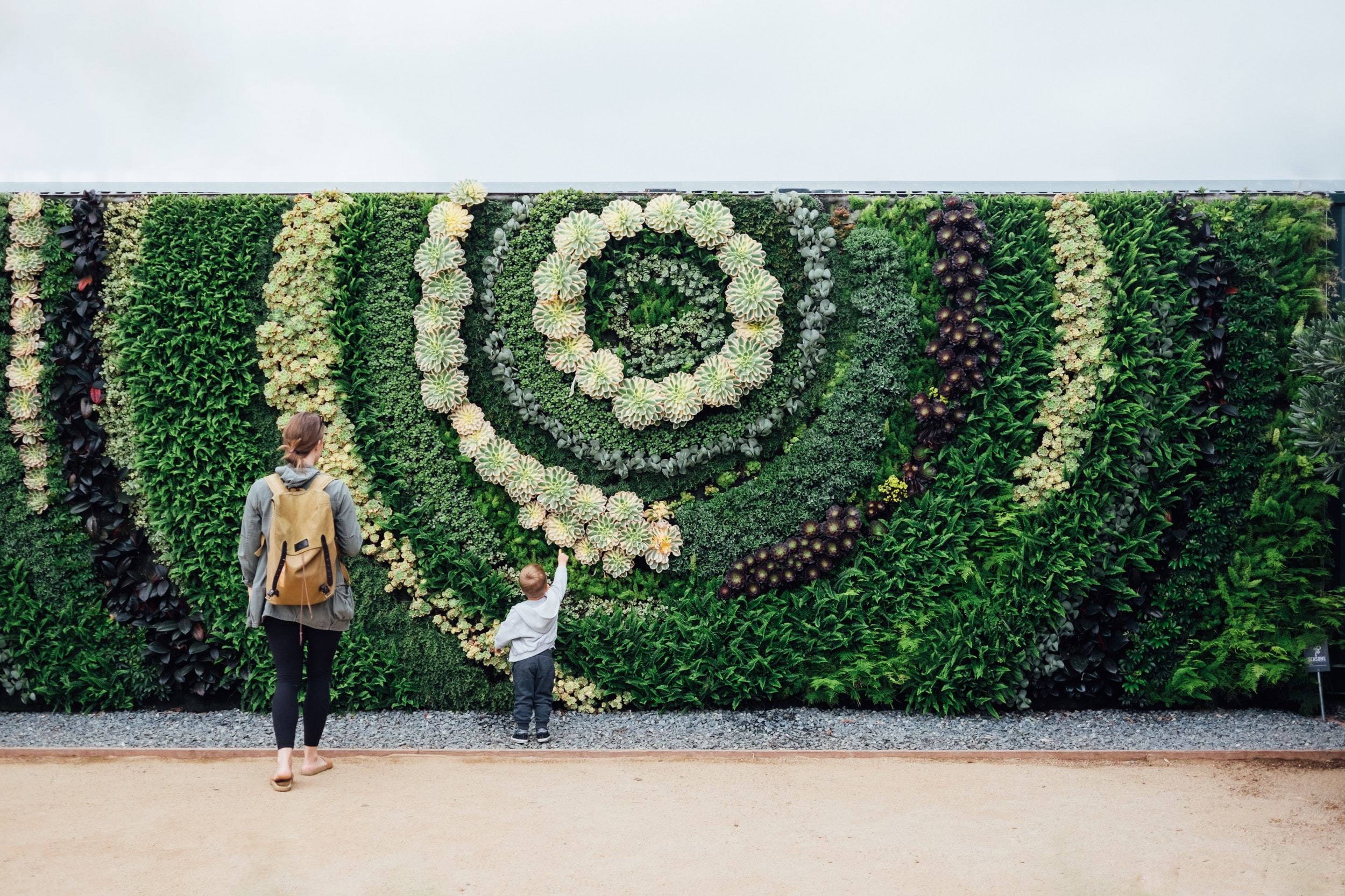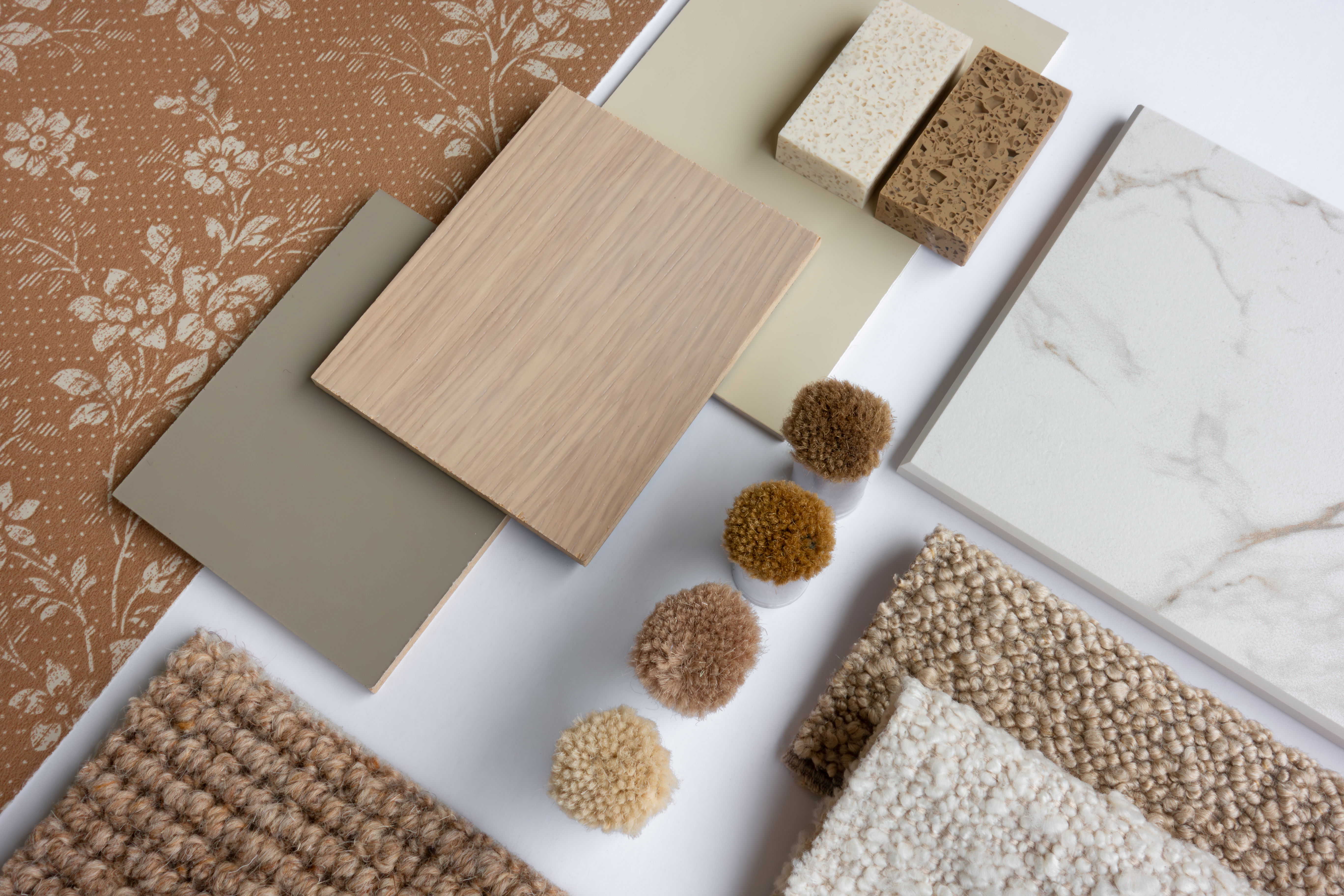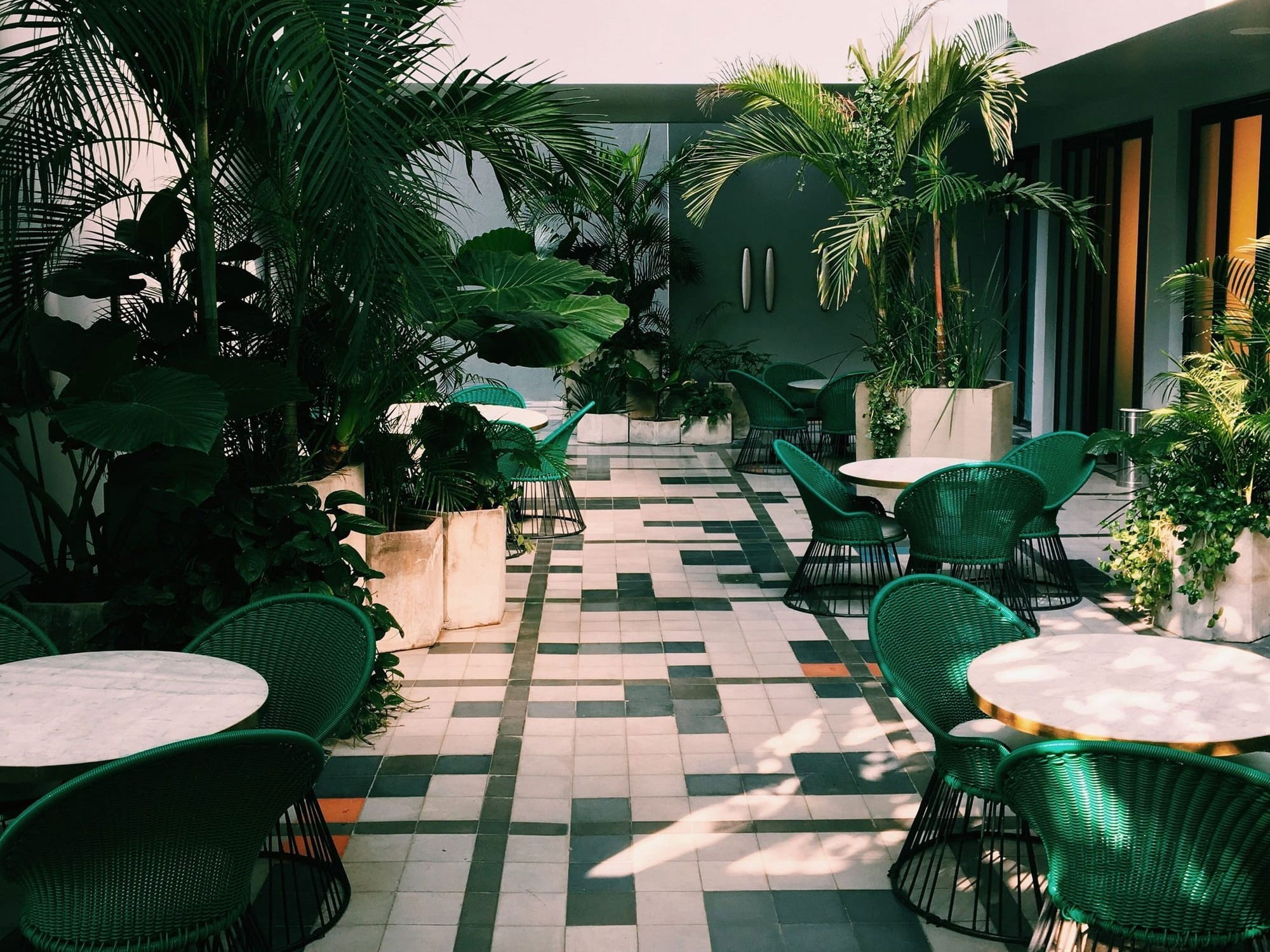What Is Biophilia And Why Is It So Important?
Introduction
In a world that is increasingly urbanized and digitally connected, many people find themselves disconnected from the natural world. This disconnection can have significant implications for our health, well-being, and overall happiness. Enter the concept of biophilia, a term that may hold the key to restoring our connection with nature. But what exactly is biophilia, and why is it so important in today's modern society?
Understanding Biophilia
The term "biophilia" was popularized by biologist Edward O. Wilson in the 1980s, who defined it as "the innate tendency to seek connections with nature and other forms of life." Essentially, it suggests that humans have an inherent need to connect with the natural world, a bond that has evolved over thousands of years.This deep-rooted affinity for nature manifests itself in various ways, from our love for pets to our preference for natural landscapes over concrete jungles. Whether it's spending time in a park, growing indoor plants, or simply enjoying a sunset, biophilia is at play.

Why Biophilia is Important
- Health and Well-being Benefits
- Stress Reduction: Spending time in natural environments has been shown to lower cortisol levels (the stress hormone) and reduce blood pressure. Activities like walking in a forest or even viewing nature scenes can provide measurable stress relief.
- Mental Health Improvements: Access to nature has been linked to lower rates of depression, anxiety, and other mental health conditions. Green spaces encourage relaxation and can even enhance mood and cognitive function.
- Physical Benefits: Exposure to natural elements can boost immune function, promote physical activity, and lead to improved sleep quality.
- Enhanced Creativity and Productivity
- Inspiration from Nature: Research has demonstrated that exposure to nature can improve problem-solving skills, enhance creativity, and increase overall productivity. This is one reason why many modern workplaces are adopting biophilic design elements, such as indoor plants, natural light, and green walls.
- Cognitive Restoration: The "Attention Restoration Theory" posits that spending time in nature helps replenish our ability to concentrate and focus, which is often depleted by the constant demands of urban life.
- Strengthening the Human-Nature Connection
- Conservation Mindset: A deeper connection with nature fosters empathy and encourages sustainable behaviors. People who feel attached to nature are more likely to engage in environmentally-friendly practices, like recycling, conservation efforts, and reducing their carbon footprint.
- Cultural and Social Connections: Nature has been a central theme in art, culture, and spirituality for centuries. Embracing biophilia helps strengthen our cultural ties and creates spaces where people can connect and share experiences.
How Biophilia Shapes Modern Design and Architecture

- Green walls and vertical gardens in urban areas.

- Daylighting techniques that maximize natural light in buildings.

- Natural materials like wood, stone, and plants used in interiors.

Biophilic design has become a major trend in architecture and interior design, driven by the desire to bring nature indoors. From offices to residential buildings, incorporating natural elements like greenery, water features, natural lighting, and even biomorphic forms (designs inspired by nature) can create healthier, more appealing spaces that reduce stress and enhance productivity.Examples of biophilic design include:
Practical Ways to Embrace Biophilia
Even small changes can make a big difference. Here are a few ways to bring biophilia into your life:
- Add indoor plants to your space.

- Spend more time outdoors, whether it’s hiking, gardening, or simply enjoying a walk in the park.

- Incorporate natural materials in your space, like wood, marble, bamboo, cotton, and stone. Let the nature around inspire you (or your favourite vacation destination).

- Open your windows to let in natural light and fresh air.

Conclusion
Incorporating biophilia into our lives isn't just a passing trend; it’s a reflection of our innate need to connect with the natural world. Whether through architecture, design, or personal lifestyle choices, embracing biophilia can lead to a happier, healthier, and more balanced life. By reconnecting with nature, we ultimately reconnect with ourselves.